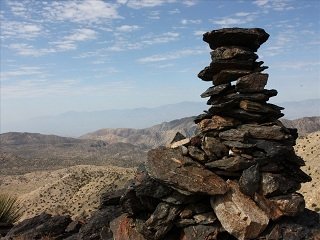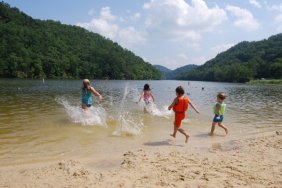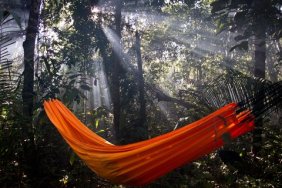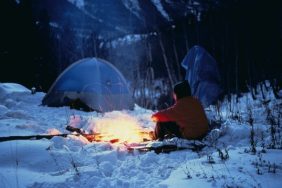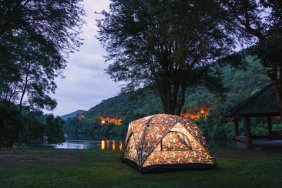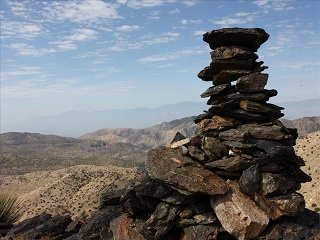 Those who are new to the hiking and camping game can sometimes be overwhelmed by the terms associated with the activities. Reading product descriptions or how-to guides can be confusing when you’re unclear on what certain outdoors-related words mean. I’ve been there before and I know the potentially hairy situations that can arise due to a simple misunderstanding of jargon. For this reason, today I’ve provided a list of common camping terms to commit to memory whether you’re shopping for gear or hitting the trail.
Those who are new to the hiking and camping game can sometimes be overwhelmed by the terms associated with the activities. Reading product descriptions or how-to guides can be confusing when you’re unclear on what certain outdoors-related words mean. I’ve been there before and I know the potentially hairy situations that can arise due to a simple misunderstanding of jargon. For this reason, today I’ve provided a list of common camping terms to commit to memory whether you’re shopping for gear or hitting the trail.
3-Season tent: A tent recommended for use in summer, spring, and fall.
4-Season tent: A tent designed to handle any weather conditions, including harsh winter weather.
A-frame: A basic tent shape, the cross section of which resembles an “A”.
Bear bag: In bear country, campers must take measures to safeguard their food and cooking utensils. Food items are placed in a strong, waterproof bag (the bear bag), tied to a rope and suspended out of reach.
Bearing: The direction of travel from your current position to a landmark or destination, expressed in degrees from 1 to 360. (Also known as an Azimuth.)
Bench mark: A permanent object that is either natural or man-made with a known elevation that can be used as a reference point when navigating.
Bivy sack: A small one-man tent or bag of sleeping bag proportions often used for emergency shelter.
Blaze: A sign, painted symbol on a tree or a rock cairn used to mark a trail. (Double blaze: Two painted blazes or markings on a tree that announce a change in direction or junction along a trail.)
Bushwhacking: Making one’s way through bushes or undergrowth without the aid of a formal trail.
Cairn: A stack of rocks used to mark a trail’s route through areas devoid of trees.
Canopy: The inner wall of a double-walled tent. The canopy is breathable; the outer wall, or fly, is waterproof.
Deadman: A log or rock buried in the ground to provide a solid point for anchoring a tent in ground too soft for stakes.
Dome: A tent shape where the poles create a dome by curving over each other.
Footprint: The shape and square footage of a tent floor.
Gaiter: A water-repellent, internal sleeve that can be tightened around boot and lower leg to keep out snow.
Loft: The height and thickness of insulation in a sleeping bag.
Mummy bag: A close fitting, shaped, hooded sleeping bag very efficient at conserving body heat.
Rating: The degree Fahrenheit to which a sleeping bag is constructed to sleep comfortably. i.e. -30 degrees, 0 degrees, +15 degrees.
Shell: The outermost material in a sleeping bag or outdoor clothing, consisting of a fabric used to meet a particular demand such as abrasion resistance, water repellency or suppleness.
Stay: The backbone of aluminum or plastic material supporting an internal frame backpack.
Ultralight tent: A tent designed for one or two people, weighing five pounds or less and designed to carry on or in a backpack.
